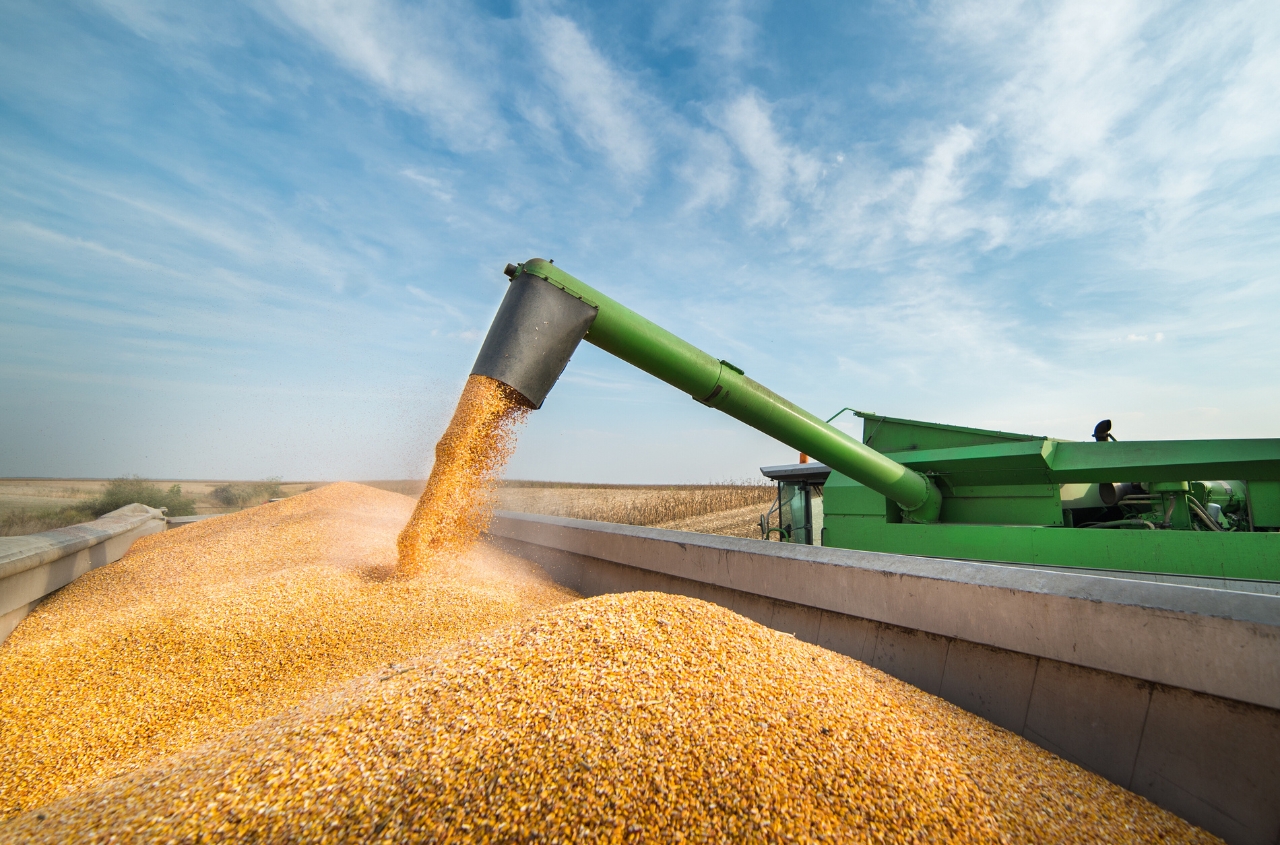In January–March 2025, egg exports amounted to 496 million units, which is twice as much as in the same period last year. This was reported by the Union of Poultry Farmers of Ukraine.
The EU market became a priority in 2022 after the blockade of maritime exports and the lifting of quotas for Ukrainian eggs and egg products.
Each year, the share of EU countries in the export structure has continued to grow, despite the quantitative restrictions introduced in 2024 on the import of eggs from Ukraine.
This year, there have been significant changes in the geography of exports. The share of EU countries increased to 72%, but this growth is only 3% compared to the same period in 2024. The share of Singapore in the regional export structure is decreasing — from 15% in 2023 to 4% this year.
Deliveries to the United Kingdom began in 2025, currently accounting for 7%.
Exports to African countries are also growing, where, thanks to global market conditions, there were quite favorable trade opportunities. The share of the African continent grew to 8%, while last year it was 5%, and in 2023, eggs were not exported to the region during this period at all.
Supplies to Israel remain relatively stable, although the share has decreased to 9%, but the physical volume of exports has not changed compared to January–March 2024.
Exports to the Middle East are almost non-existent, which is due to logistical factors and high competition in the region from other exporting countries.
“The European market will continue to remain a priority for exports due to convenient logistics and high demand for Ukrainian products. Not long ago, only four companies had the right to export to the EU, and now there are already 15. Ukrainian exporters will continue to maintain strong positions in EU markets by offering safe and high-quality products,” the statement reads.
The doubling of exports in the first three months of the year compared to January–March 2024 did not negatively affect the supply of eggs on the domestic market.
Traditionally, demand for eggs increases before Easter, but this year, as in the previous one, no shortage of products is expected, and consumers can count on affordable price offers and sufficient quantities during the Easter holidays.



















